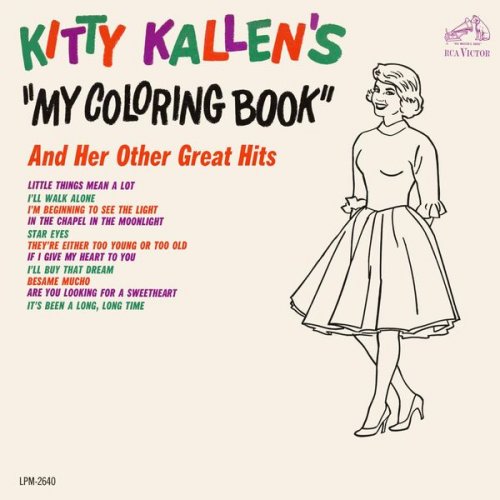Jonathan Cohen, The King'S Consort, Robert King - Vivaldi: Cello Concertos (2006)
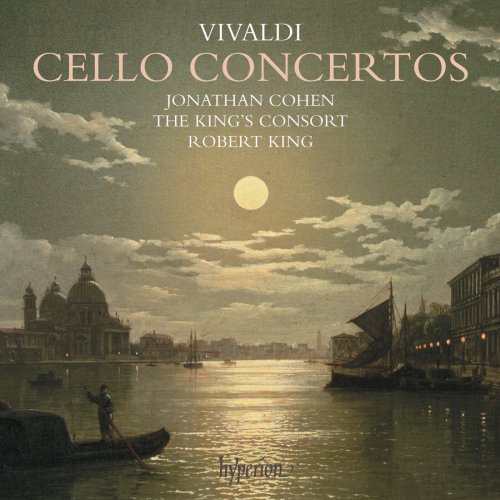
Artist: Jonathan Cohen, The King'S Consort, Robert King
Title: Vivaldi: Cello Concertos
Year Of Release: 2006
Label: Hyperion
Genre: Classical
Quality: flac lossless (tracks)
Total Time: 01:13:37
Total Size: 378 mb
WebSite: Album Preview
TracklistTitle: Vivaldi: Cello Concertos
Year Of Release: 2006
Label: Hyperion
Genre: Classical
Quality: flac lossless (tracks)
Total Time: 01:13:37
Total Size: 378 mb
WebSite: Album Preview
01. Cello Concerto in G Minor, RV 416: I. Allegro
02. Cello Concerto in G Minor, RV 416: II. Adagio
03. Cello Concerto in G Minor, RV 416: III. Allegro
04. Cello Concerto in A Minor, RV 420: I. Andante
05. Cello Concerto in A Minor, RV 420: II. Adagio
06. Cello Concerto in A Minor, RV 420: III. Allegro
07. Concerto for 2 Cellos in G Minor, RV 531: I. Allegro
08. Concerto for 2 Cellos in G Minor, RV 531: II. Largo
09. Concerto for 2 Cellos in G Minor, RV 531: III. Allegro
10. Cello Concerto in C Minor, RV 401: I. Allegro non molto
11. Cello Concerto in C Minor, RV 401: II. Adagio
12. Cello Concerto in C Minor, RV 401: III. Allegro ma non molto
13. Cello Concerto in G Minor, RV 417: I. Allegro
14. Cello Concerto in G Minor, RV 417: II. Andante
15. Cello Concerto in G Minor, RV 417: III. Allegro
16. Cello Concerto in A Minor, RV 418: I. Allegro
17. Cello Concerto in A Minor, RV 418: II. [Largo]
18. Cello Concerto in A Minor, RV 418: III. Allegro
19. Cello Concerto in G Major, RV 415: I. Allegro
20. Cello Concerto in G Major, RV 415: II. Siciliana
21. Cello Concerto in G Major, RV 415: III. Alla breve
Strangely for someone who wrote more concertos for solo cello than anyone else in history—the most recent calculation puts their number at twenty-eight—Vivaldi is not known to have been a player of the instrument. His virtuosity on the violin was supreme, and his playing of the viola d’amore evoked admiration. In addition, he taught an instrument named the viola inglese, which recent research has identified as the viol. But of Vivaldi as cellist we learn nothing. One infers that he had a good working knowledge of the instrument, since he writes for it with such expertise. Moreover, he had an unrivalled feeling for the ‘soul’ of the cello, its capacity to express both hilarity and pathos.
Solo parts for cello in concertos go right back to the origins of the genre in northern Italy in the last decades of the seventeenth century. There are no concertos written exclusively for cello without further soloists (normally, one or more violins) before the earliest ones by Vivaldi, which date from the first decade of the eighteenth century. However, the general character of writing for obbligato cello was established by such older contemporaries as the Venetian Tomaso Albinoni (1671–1751), in whose Op 2 (1700) and Op 5 (1707) concertos we find both brilliant passagework based on rapid scales and broken chords and more lyrical moments. Vivaldi continued to write cello concertos almost up to his death in 1741, and the general tendency over this long period is for the lyrical dimension to expand at the expense of the passagework, which itself also evolves by becoming more diverse and inventive. The lyrical passages in the fast outer movements of his concertos in fact prefigure the ‘singing Allegro’ style of the Classical period later in the same century.
The initial stimulus towards Vivaldi’s composition of cello concertos was doubtless his activity, from 1703 onwards, as director of instrumental music at the Ospedale della Pietà, Venice’s famous home for abandoned children. Because most of the female wards of the Pietà remained at the institution into adulthood, whereas its male wards departed at the age of eighteen, it was rational to train only the girls in musical skills. So successful was the Pietà as a musical academy, using as its tutors partly masters brought in from outside and partly its own senior musicians, that its choir and orchestra became renowned throughout Europe, earning many donations and legacies for the Pietà and enhancing its status as an exemplary charitable institution.
We know the names of several of the Pietà’s cellists, since they are mentioned in contemporary documentation. Administrative documents of the institution are held both at the State Archives in Venice and at the Pietà’s modern successor, the Istituto Provinciale per l’Infanzia (which occupies the identical site on the Riva degli Schiavoni). In addition, the Conservatorio di Musica ‘Benedetto Marcello’, likewise in Venice, possesses a substantial amount of the Pietà’s musical archive, although, sadly, most of the music survives only in fragmentary form and cannot be reconstructed satisfactorily. The oldest cellist known to Vivaldi may have been Paolina (c1655–1740), but we have also Santina (1702/03–1789), Teresa (born 1721, married 1747) and Veneranda (born 1724, died after 1794). (If the modern reader is surprised by their longevity, it should be pointed out that the Pietà looked after the health of its residents well, with doctors on the payroll.) The high status enjoyed by the cello at the Pietà is shown by the fact that briefly in 1720–21 it employed the famous cellist Antonio Vandini (c1690–1778) as its teacher of stringed instruments, the ever-absent Vivaldi having ceased to be a member of its salaried staff.
It would be a great mistake, however, to associate all of Vivaldi’s cello concertos with the Pietà, for patrons and customers from all over Europe ordered music from him. We do not know exactly who the cellists among these were (one concerto, RV399, is inscribed enigmatically to a ‘Monsieur S…h’, who must have been a non-Italian), but they certainly existed.
Two of the seven concertos in the present recording, RV416 in G minor and RV420 in A minor, belong to the earliest cello concertos—in fact, the earliest concertos tout court—that Vivaldi composed. They must be approximately contemporary with the celebrated collection of concertos published in 1711 as Vivaldi’s Op 3 and entitled L’estro armonico. RV416 and RV420 survive in copies made by Franz Horneck, a German musician who visited Venice in the winter of 1708–09. Horneck was in the service of Johann Philipp Franz von Schönborn, whose brother, Rudolf Franz Erwein, was a keen amateur cellist, as the very numerous sonatas and concertos for the instrument surviving in the private library of the Schönborn family in the castle of Wiesentheid (Unterfranken) demonstrate.
The ‘primitive’ stylistic features of this first generation of cello concertos are easily described. In general, they contain a larger number of sections (alternating between ‘tutti’ and ‘solo’ scoring) than Vivaldi’s later concertos, but the length of the sections is correspondingly shorter. In addition, their rhythmic character tends to be uniform within each movement, often employing only running semiquavers for the passagework. Their energy remains fairly raw: they lack the finer nuances—rhythmic, figurational and dynamic—of the later works.
RV420 begins strikingly with a solo accompanied only by continuo that precedes the first ritornello (this term denotes an orchestral refrain). Such openings, though relatively uncommon, remained an option for Vivaldi throughout his career; the best-known comparable instance is the cadenza-like opening of the D minor concerto Op 3 No 11 (RV565). Its slow movement, dominated by an orchestral theme in fiercely jagged rhythm, is in a miniature version of the ritornello form normally employed for the fast outer movements. A noteworthy feature of the tempestuous finale is that it has five, rather than the more usual four, ritornellos—exemplifying what we’ve said about Vivaldi’s early style.
RV416, likewise copied by Horneck, is not universally agreed by Vivaldi experts to be an early work. The sticking point is the employment for the second and third movements of a ‘large 3’ time signature that stands in both instances for 3/4 metre. In Vivaldi’s autograph manuscripts the reduction of triple-metre time signatures to ‘3’ is observable only from the early 1720s. However, there is a possibility that Horneck, when copying, introduced the simplified time signature of his own volition: it is certainly true that this form was at the time more current in Germany and France than in Italy. In stylistic respects, the concerto conforms perfectly to the model provided by RV420. Its outer movements exhibit a five-ritornello structure, and the slow movement is once again in miniaturized ritornello form. An interesting detail is that the slow movement, instead of moving to a contrasting key, remains in the tonic, G minor. Such ‘homotonal’ treatment—famous from Haydn’s adoption of the principle half a century later—is unusual for the time, except in chamber sonatas based on dance movements. Vivaldi’s partiality for homotonality is perhaps connected with his strong drive towards thematic (and, one might say, emotional) unity.
RV401, 417 and 418 belong to the heyday of Vivaldi’s concerto-composing career: the 1720s. Between 1723 and 1729 Vivaldi, who was no longer an employee of the Pietà, kept it supplied with new concertos at the rate of two per month under special contract. The agreement was certainly honoured on both sides, since payments relating to almost 150 concertos are recorded in the institution’s accounts.
RV417, again in G minor, probably belongs to this repertory. The streamlined form and feeling of spaciousness in its outer movements is typical of Vivaldi’s mature style. The middle movement, in minuet rhythm and in binary form, is accompanied throughout by the continuo alone. To make the slow movement of a concerto indistinguishable from a slow movement in a sonata for the same instrument was an option frequently taken by Vivaldi in mid-career. In this intensely productive period, he often borrowed actual movements from sonatas for his concertos, and doubtless sometimes also vice versa.
RV418 in A minor, which must be a roughly contemporary work, does not appear, however, to have been destined for the Pietà. One infers this from the fact that bibliographical features such as paper type link it to three other cello concertos: RV410, 414 and 419. Works written for the figlie di coro of the Pietà were normally composed singly. When we encounter groups of similar works in autograph manuscript with bibliographical connections, the suspicion always arises that they originally formed a commissioned group. Connoisseurs of Vivaldi’s cello sonatas will recognize the similarity of the opening theme of the first movement of RV418 to that of the sonata RV43, which dates from the mid-1720s. The slow movement in this concerto belongs to one of Vivaldi’s favourite types: the ‘framed’ solo. The ritornellos at either end of this movement are richly scored and attractive in their own right, but attention focuses on the extended solo separating them. Note, finally, in the outer movements of this concerto the sophisticated use of the orchestra in accompaniment to the solo.
RV401 in C minor is one of the most distinctive of Vivaldi’s cello concertos, as well as being among the strongest. For reasons that no one has so far been able to explain, its first violin part is notated throughout in the soprano (C on the lowest line) instead of the treble clef, and the second violin is in permanent unison with the viola. In compensation for the rather lean texture that results, Vivaldi infuses a heavier than usual dose of counterpoint into the music. We encounter here another instance of homotonality, which allows the work to retain to the end the feeling of subdued melancholy introduced right at the start. My guess is that the option for the soprano clef has something to do with a sacred context of performance: as well as being used for recreational purposes, concertos were often performed in churches or theatres.
Vivaldi left only one ‘double’ concerto for cellos: RV531 in G minor. In all probability, this was composed for the Pietà during the 1720s. Its electrifying, cadenza-like opening leaves one in no doubt of its highly charged emotional content. Its slow movement, styled as that of a trio sonata, breathes an almost autobiographical sadness. Its frenetic finale, see-sawing in rhythm and tonality alike, keeps one on the edge of one’s seat. This is a concerto to single out among the hundreds that Vivaldi wrote.
Lastly, this recording presents a curiosity: a cello concerto in G major, RV415. At the time when the standard catalogue of Vivaldi’s music was established by Peter Ryom, its genuineness went unquestioned. After all, it comes from the Wiesentheid collection, which contains several clearly authentic sonatas and concertos by the composer. However, its style is so uncharacteristic of the composer, beyond the most basic specifications, that questions have arisen. For example, the fugue in alla breve metre that forms the finale has no counterpart among Vivaldi’s cello concertos and is in structural terms very unlike the few fugues in his violin concertos. The description ‘Siciliana’ is not used by Vivaldi as a heading for concerto movements in a slow 12/8 metre. The most likely explanation for the possible misattribution is that the manuscript proper, entitled in its continuo part ‘Concerto per camera a violoncello solo con strumenti’ (note the absence of a named author), was placed in error within a folder that had previously held a lost Vivaldi concerto described there as ‘Concerto con violoncello obligato di Signore Vivaldi Ex G#’. A mix-up is made more likely by the fact that Wiesentheid folders usually reproduce the wording of the enclosed manuscript’s title very closely. However this may be, RV415 is certainly not out of place on this recording: if not ‘Vivaldi’, it is at least unquestionably ‘Vivaldian’.
A final word on performance: for RV415 and RV418 a five-string ‘piccolo’ cello is used on this recording in place of the normal instrument. This facilitates the performance of the ultra-high notes and of the broken-chord passages in the solo parts of these two concertos.
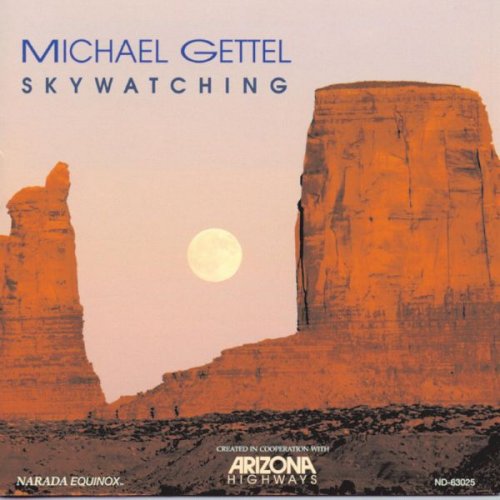
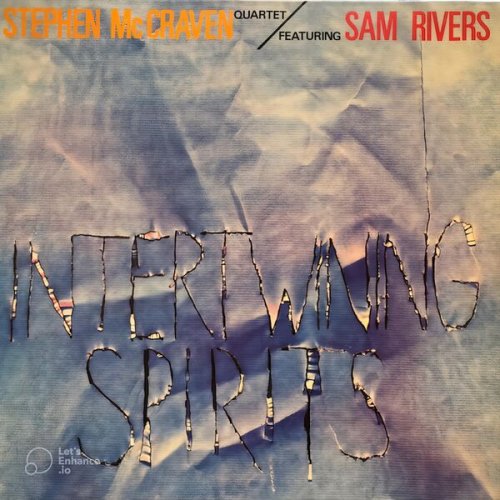
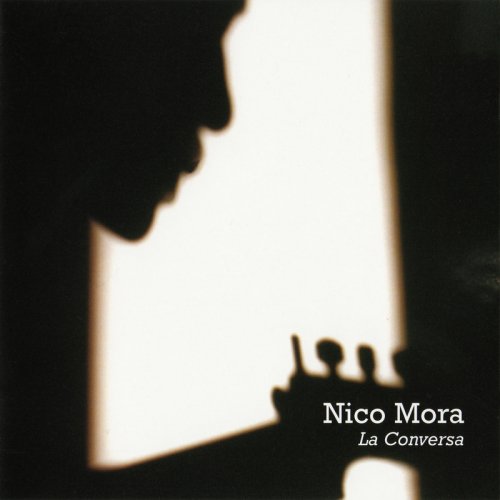
![Sibel Köse Septet - In Good Company (2025) [Hi-Res] Sibel Köse Septet - In Good Company (2025) [Hi-Res]](https://www.dibpic.com/uploads/posts/2025-12/1765846644_uizwujac4ht2d_600.jpg)
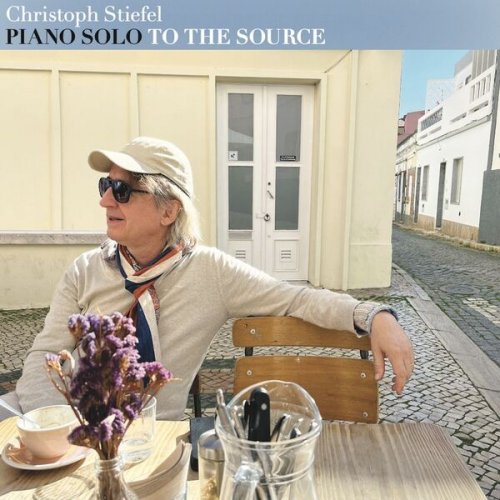
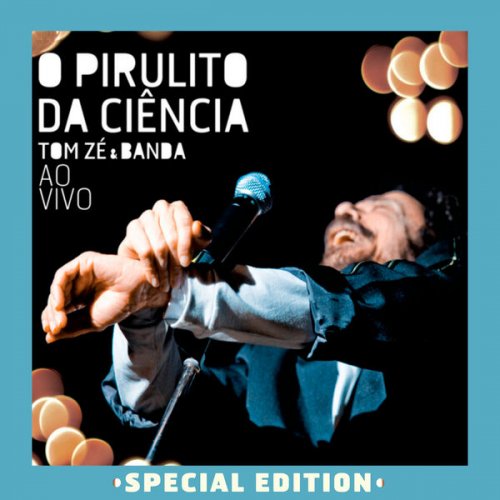
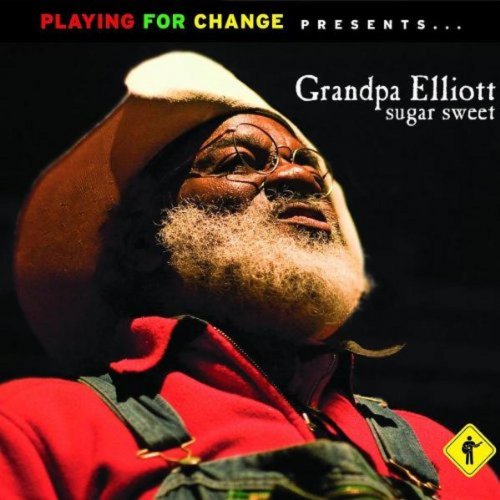
![Bryan Ferry - Bitter-Sweet (2018) [Hi-Res] Bryan Ferry - Bitter-Sweet (2018) [Hi-Res]](https://www.dibpic.com/uploads/posts/2018-11/1543491501_folder.jpg)
